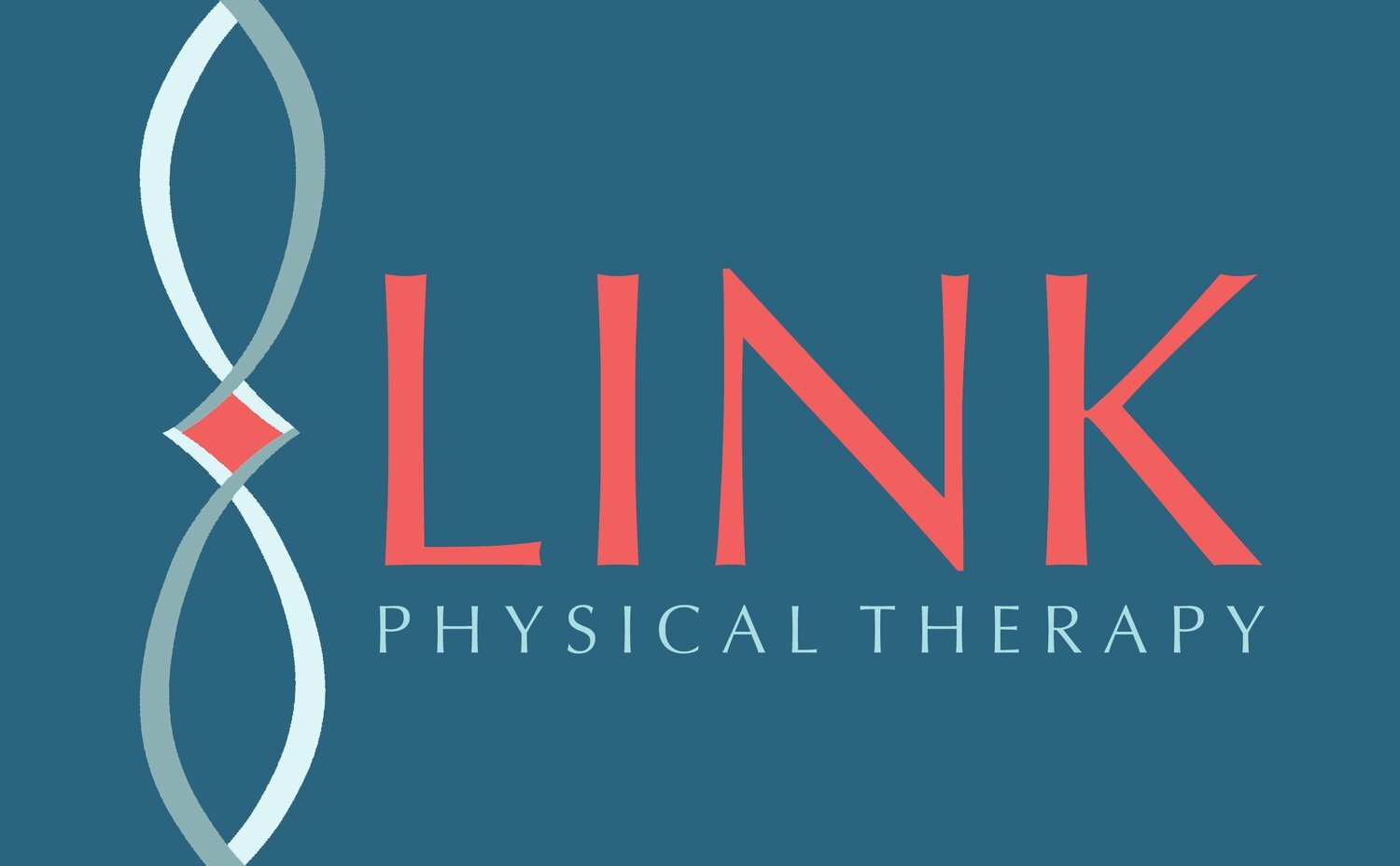Inactivity Leads to Deconditioning
The lazy days of summer combined with social distancing, and stay at home orders due to the COVID-19 pandemic have led many people to reduced levels of activity. Gyms are closed, races are cancelled and for most people running or biking alone isn't as much fun as a group run or ride. However, just as exercising changes your body to be more healthy and fit, not exercising does the opposite. This process is called deconditioning.
Use it or lose it
Without regular doses of exercise and activity, the body will decondition. Typically, cardiovascular fitness is reduced first, followed by muscular strength. As people become less fit and activity becomes harder, they do less, leading to further deconditioning and down into a vicious cycle. Deconditioning can also lead to more aches and pains, illness and disease. It only takes two weeks without exercise to have significant loss of cardiovascular fitness. Two to eight months of detraining can erase virtually all of your gains.
Reversing the loss
The best way to deal with deconditioning is to prevent it in the first place. If you're just undergoing a period of increased time commitments at work or with family, using a shortened exercise routine can help minimize your losses. Even one session a week will help you keep most of what you've gained. Other options are to use shorter but more intense interval training sessions, or breaking up your activity into multiple short chunks during the day. If your layoff was longer, it may take just as long to retrain as it did to make the gains initially. A physical therapist can help get you back on the right track if you're having trouble getting started, or if aches and pains are making it difficult to get moving again. For people who have reduced their activity levels because of injury or illness, a PT can not only help you recover faster, but they can also find activities to maintain your fitness while safely working around an injury or illness.
About The Private Practice Section of the American Physical Therapy Association
Founded in 1956, the Private Practice Section of the American Physical Therapy Association champions the success of physical therapist-owned businesses. Our members are leaders and innovators in the health care system. The American Physical Therapy Association (APTA) represents more than 85,000 physical therapists, physical therapist assistants and students of physical therapy nationwide. For more information, please visit www.ppsapta.org.
